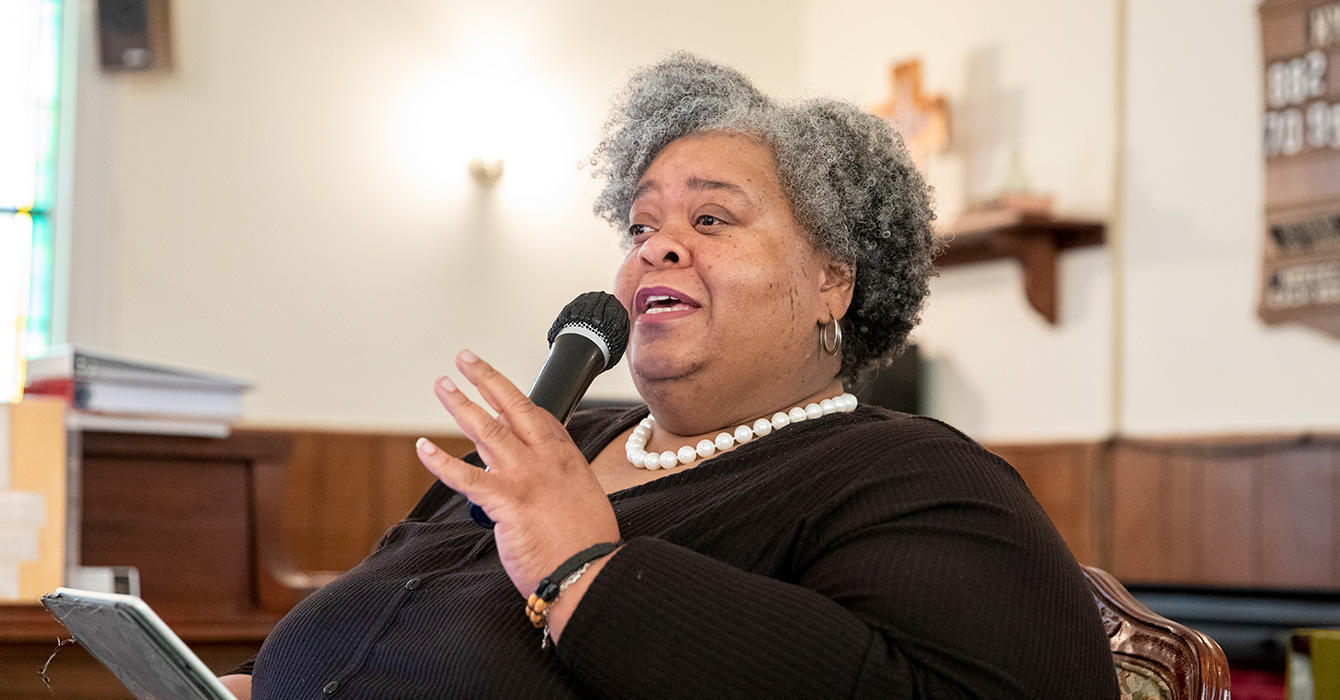Conversations about money are uncomfortable for many ministers. In the last two weeks, two leaders of Christian institutions confessed to me that they could not use Excel, the basic tool for budgeting in most organizations.
You can imagine that my recent blog posts on finding a sustainable financial model or the importance of virtuous cycles in the economics of Christian institutions have not been very popular because I advocate for leaders to think much more about these issues.
Last week the head of the union for University of California’s 4,000 instructors and librarians published a book on the future of higher education that illustrates what is at stake for discussions about financial models. Bob Samuels argues that public college education should be free. This would require trimming non-essential functions, redirecting a bunch of money and ending tax breaks that mostly benefit wealthy college-goers’ families.
Even a brief look at Samuels’ proposal illustrates the importance of the financial model. He is advocating for a narrowing of the work of the public university to focus on the classroom experience of undergraduates. He proposes dramatically reducing athletics, research and residential life. The public university he describes looks much like the community college of today.
One of the first steps to explore the financial model is to clearly articulate the mission. Next, establish the programs or services required to accomplish the mission. The staffing, facilities, revenue sources and other practical considerations follow. These are all elements of the financial model. When Samuels defines the mission of the public university in a narrow way, he begins a process that results in changes to every aspect of the university.
Consider what would happen if a congregation defined its mission as “winning the lost” or evangelizing the unchurched. Every worship service, class and activity would be evaluated based on that mission and the metric of new Christians. Those activities that did not contribute to new Christians would be subject to reduction or elimination.
If the mission is more complicated, such as “baptizing the nations” or “loving God and loving neighbor,” a second question becomes helpful: What does success look like? Hopefully, leaders can name several observable signs of success to create metrics. Activities can be reviewed in terms of how they contribute to the various signs of success.
I headed a ministry that was part of a large teaching hospital. My little ministry made a contribution to the character of the larger institution, but not to the mission. Thus my work did not contribute to patient satisfaction, length of stay or other measures by which the institution assessed its mission.
One part of my job was to be vigilant that the ministry’s financial model was contained and profitable. If asked, I wanted to assure leaders of the mother institution that we were not drawing resources away from the primary mission and that we provided some less tangible benefits in terms of services to important constituents.
Mission, services and financial model overlap. A decision about one area impacts the others.
Perhaps ministers would be more comfortable if discussions started with mission and moved to questions about the financial model. In that way the conversation about money might be more grounded in the work rather than worry about scarcity of resources.












